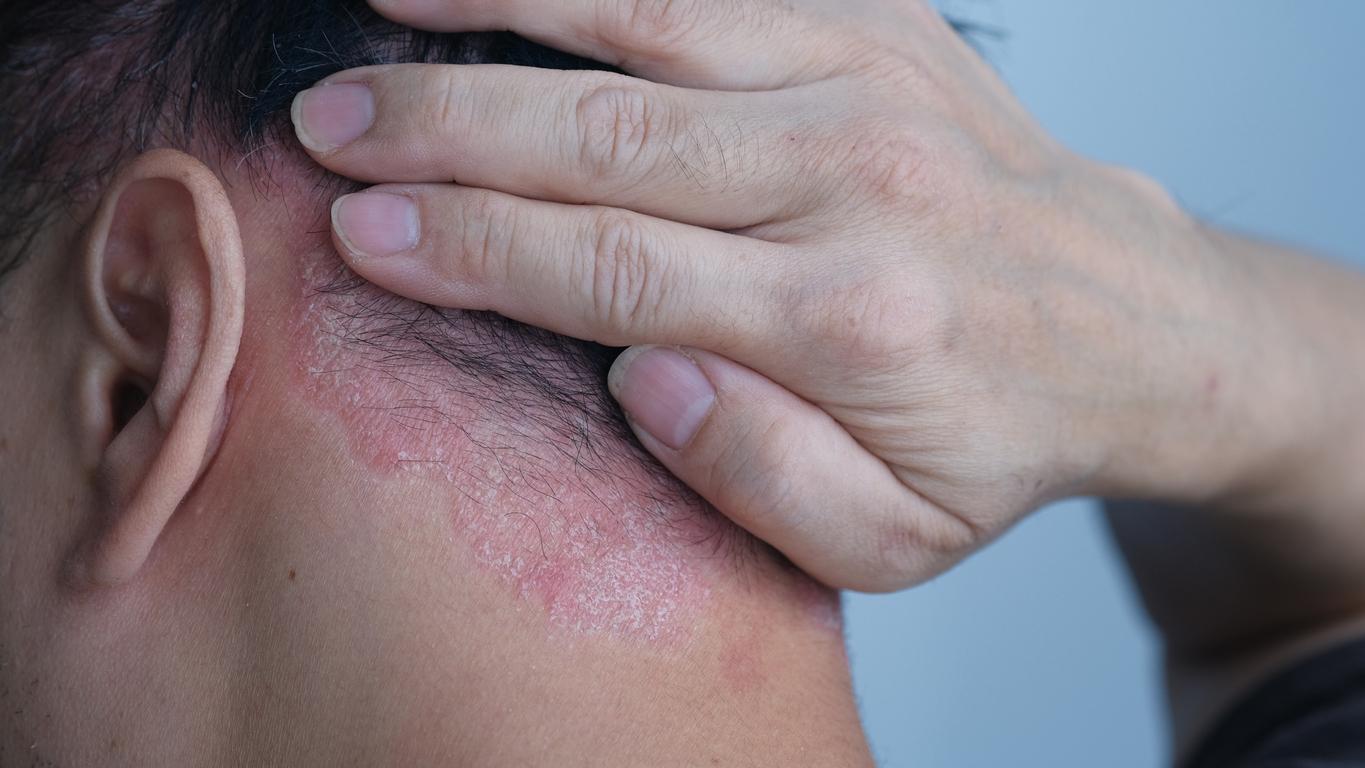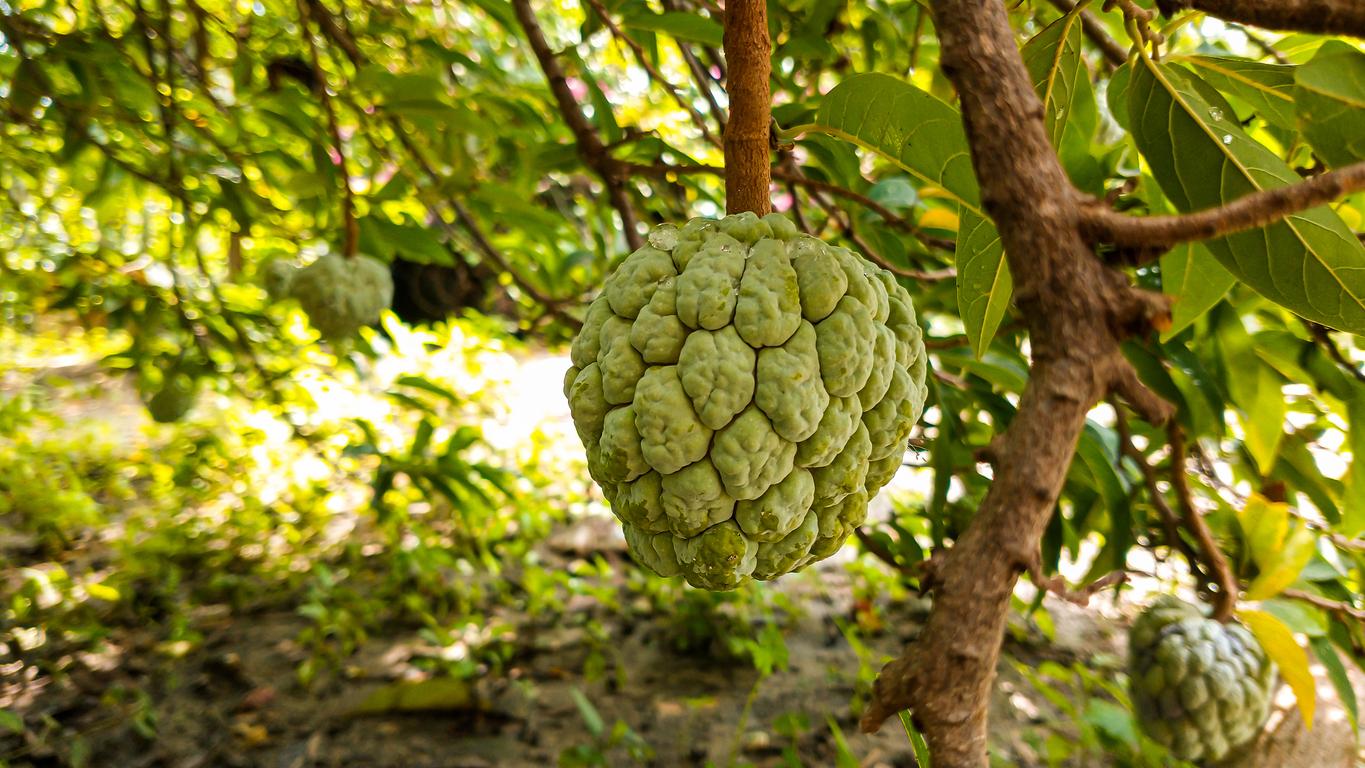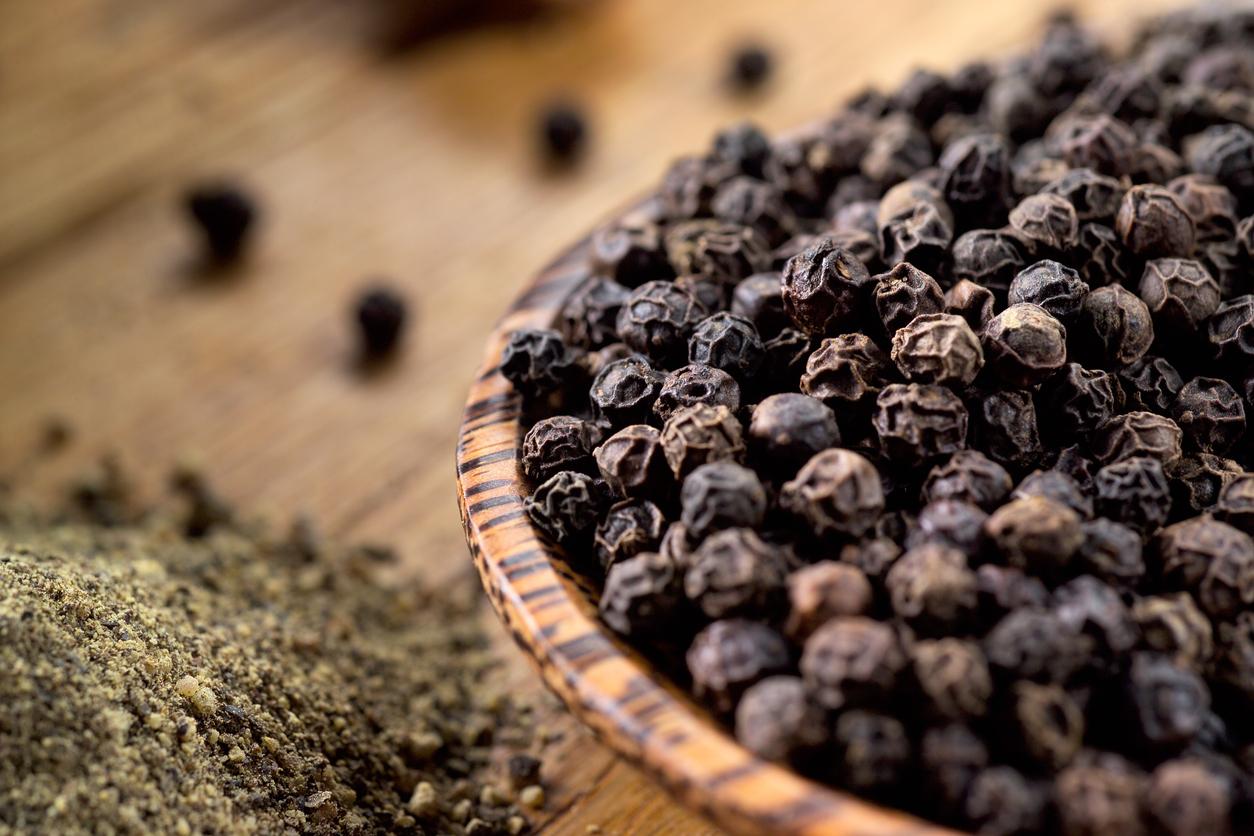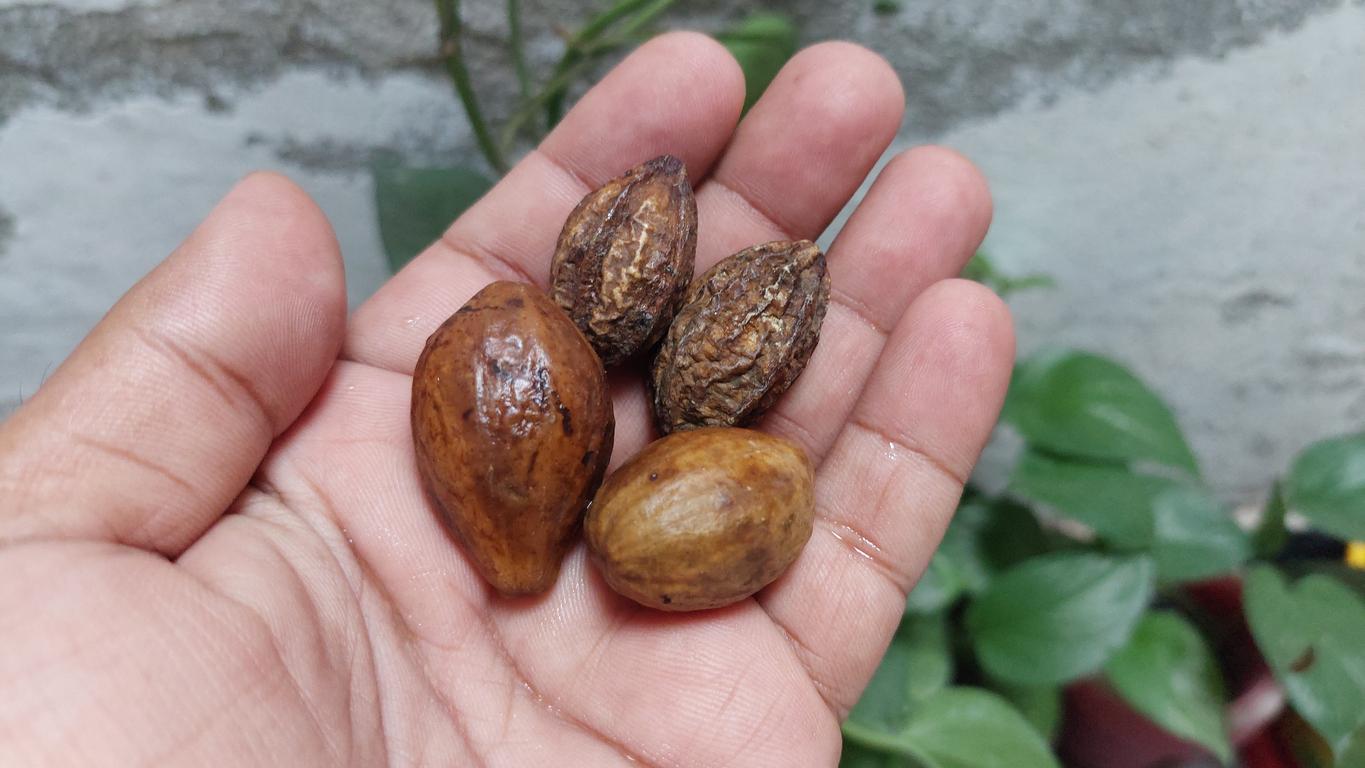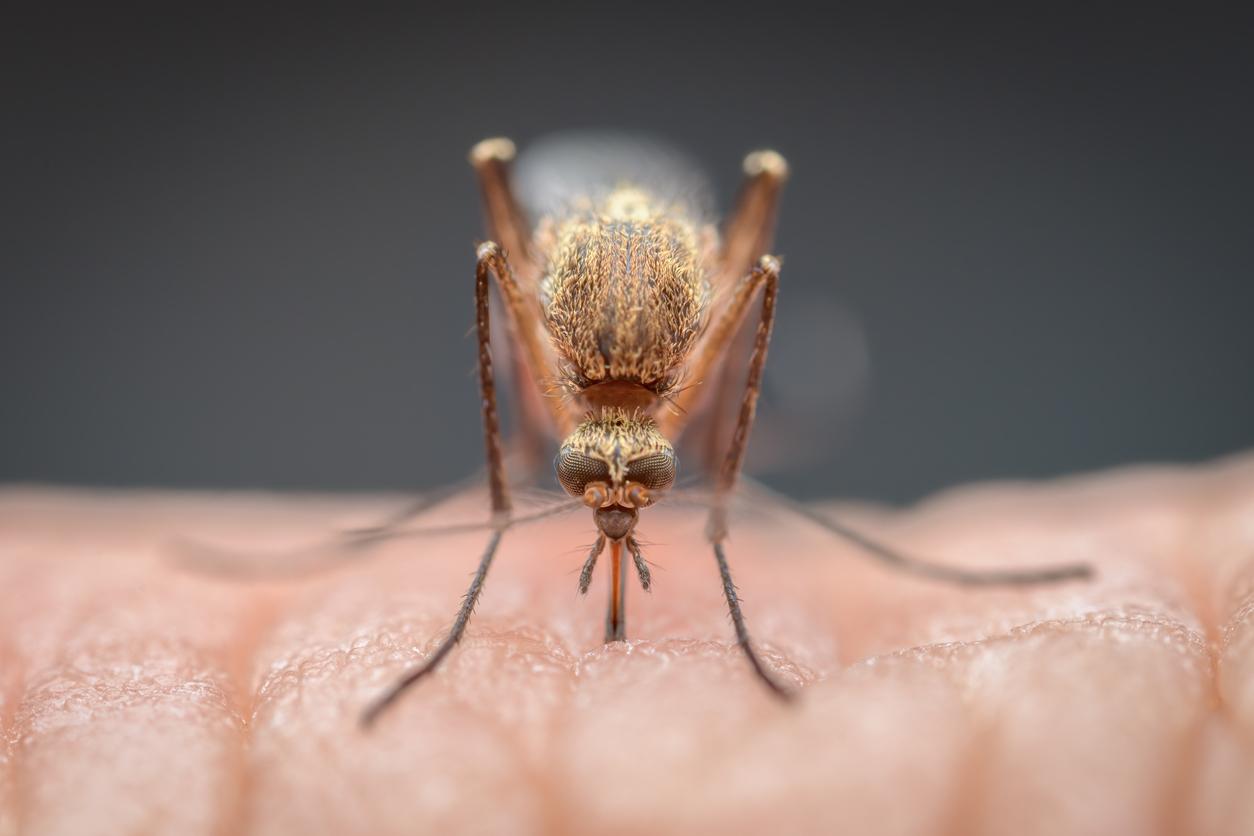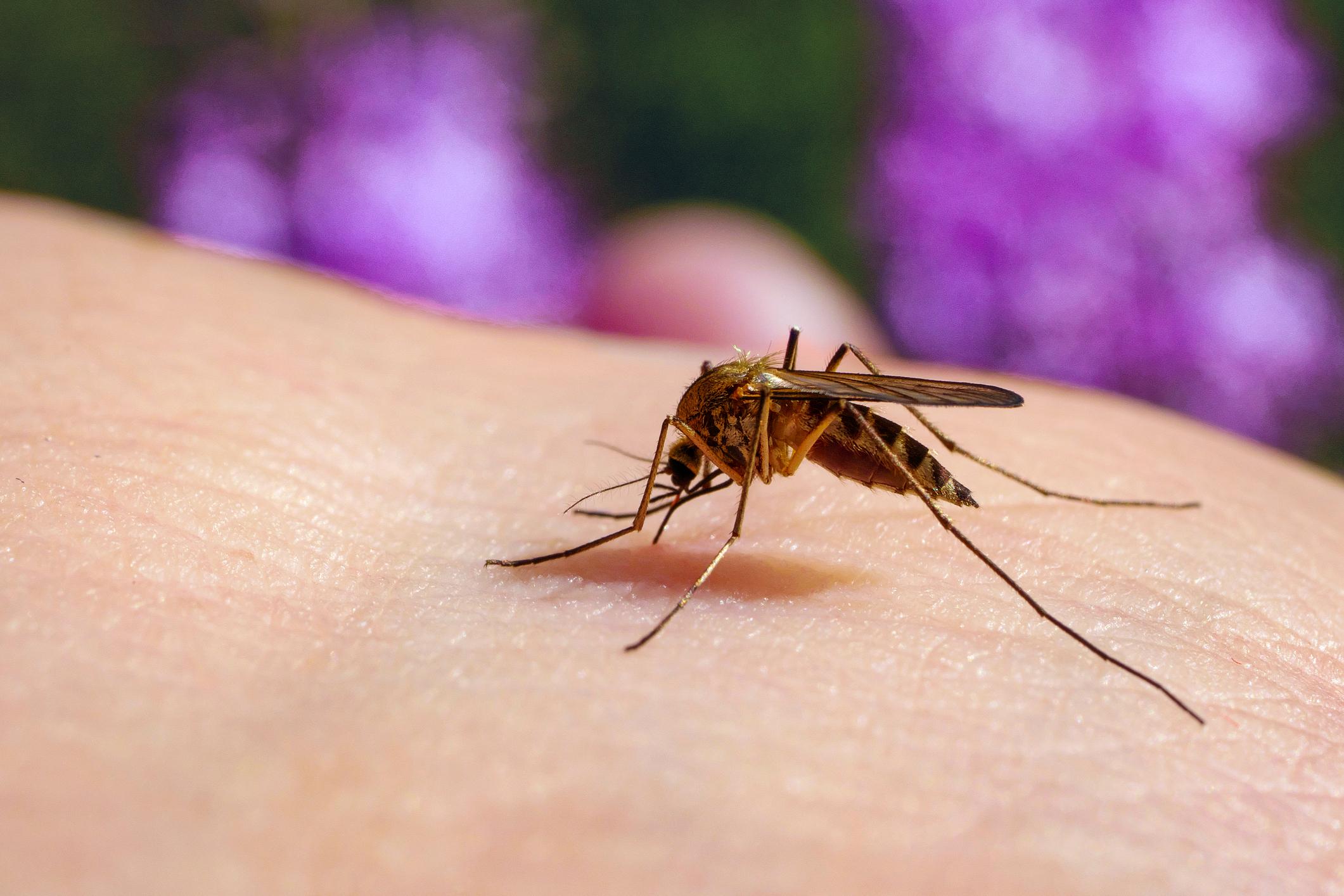
The hay fever season may be over, but autumn is the time when the hay fever plant ragweed wormwood is in bloom. The pollen of the exotic plant can cause severe allergic reactions. The Dutch Food and Consumer Product Safety Authority is therefore calling on people to remove the plant from the garden. PlusOnline explains how.
In the Netherlands, wormwood ragweed is mainly found in places in the garden where bird food has been sprinkled. Fat balls and scatter feed, but also chicken or pigeon feed can contain wormwood wormwood seeds. Have you been feeding the birds in your yard in recent years? Then there is a chance that wormwood ragweed has started growing there.
How do I recognize the plant?
Text continues below the image

How do I remove the plant?
First of all, make sure you wear covering clothing and gloves when you are going to remove the wormwood ragweed from your garden. In this way you prevent annoying allergic (skin) reactions. Preferably also wear a mouth cap and safety glasses.
It is best to pull the wormwood ragweed out of the ground before flowering, root and all. That way, no pollen is released and the plant cannot start forming seeds. At the beginning of August, the plant is usually large enough to recognize and
does not bloom yet. You can still remove the plant after August. It is best to do this in the afternoon, as most ragweed pollen is released in the morning. If you have not been able to remove the plant root and all, the plant can quickly start growing again. It is therefore important to remove the plant from the ground in its entirety.
Place the plants you have pulled from the ground in a sealed plastic bag. Dispose of this bag in the household waste (grey container). Do not put ambrosia plants in the green container, there is a high risk that the seeds will still be spread (for example via compost).
If pulling out of the ground doesn’t work
Is pulling the plant out of the ground not successful? Then you can also mow the wormwood ragweed plant. The best time for this is early September. If you mow the plants away earlier, the plants can grow again and still produce seeds. If you mow later, the seeds formed can spread. In places where there is a lot of ragweed, the cutting height should be 2 to 6 cm. If the ambrosia plants are in a dense lawn, then 10 cm is a good cutting height. The grass then prevents the Ambrosia plants from growing again. If plants do appear again, mow a second time.
Source: NVWA








